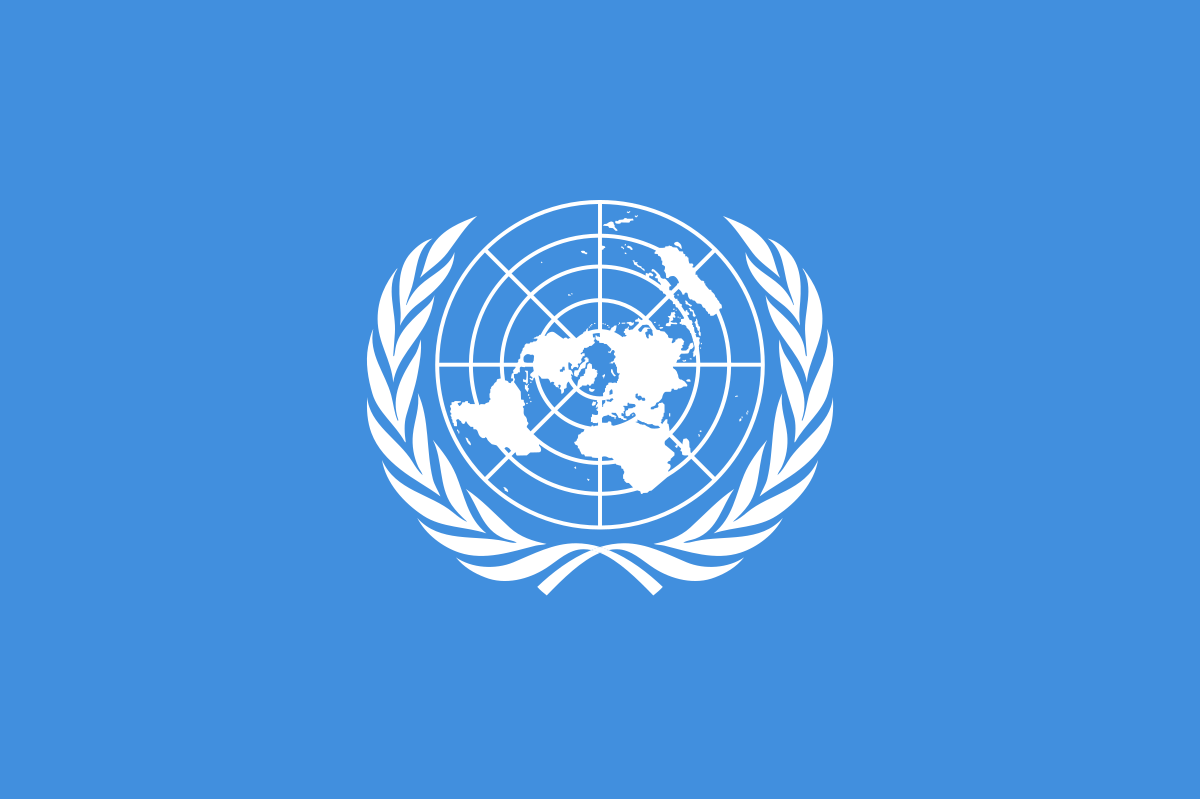UN Deputy Secretary-General Amina Mohammed during a visit to Zimbabwe’s Hwange National Park to learn first hand the impact of climate change on the habitat, wildlife and people.
As global temperatures continue to rise and the world seeks solutions to stem the tide, the deputy UN chief visited Hwange National Park, which, at 14,651square kilometres, is almost half the size of Belgium.
“We have seen what climate change is doing to our environment and livelihoods”, she said. “We saw how the park is hounded by climate change; the way in which Hwange is hot, the water, and even animal migration and people”.
A privilege to visit #Zimbabwe’s largest national park—its rich population of mammals & bird species are however being challenged by climate change. The Hwange team is taking action, including the introduction of solar pumped watering holes to counter climate-induced drought!
View image on Twitter
With unreliable weather patterns resulting in less rainfall, Hillary Madhiri of the national parks and wildlife office said that more than 400 bird and 150 mammal species – 45,000 of them elephants – are suffering.
Key issues include conflict between humans and wildlife, lack of water, loss of habitat, limited resources, population management and community partnerships to preserve the park.
“It’s quiet complex,” the deputy UN chief observed.
Mr. Madhiri maintained that of all the problems “climate change is our biggest challenge”.
He said that in spite of the park’s use of green technologies and sinking over 100 boreholes to save the animals from literally dying of thirst in the dry season, more still needs to be done.
Ms. Mohammed commended the park’s efforts to buffer nature against climate change.






